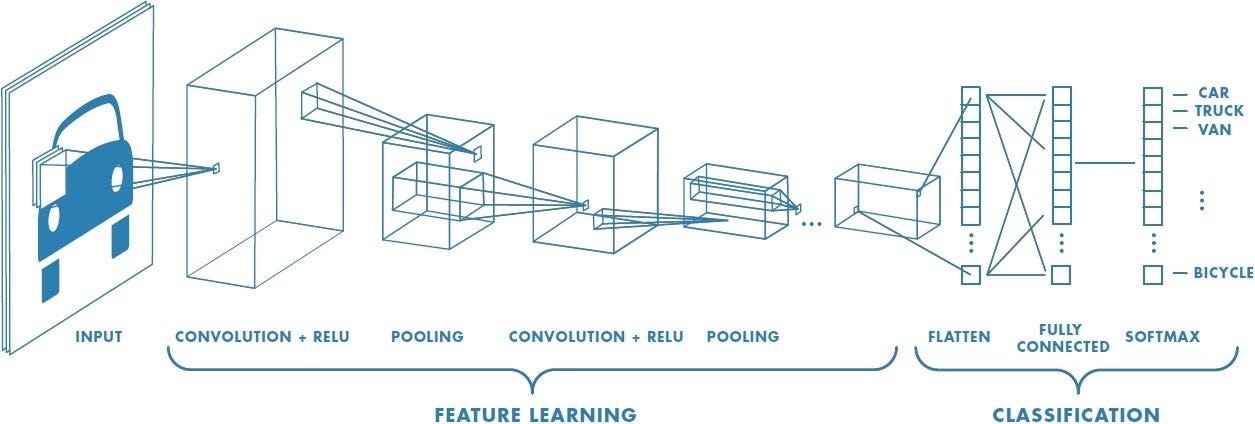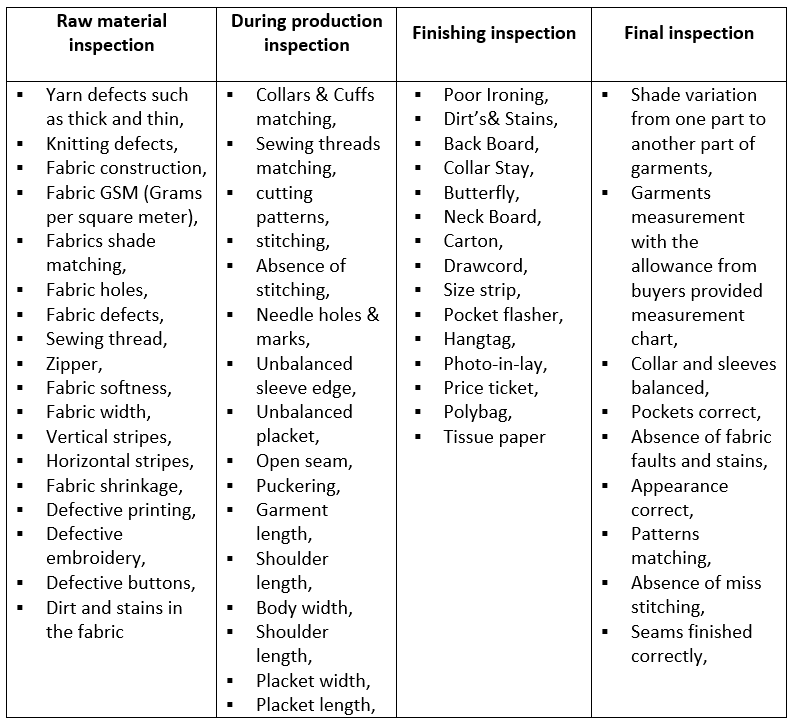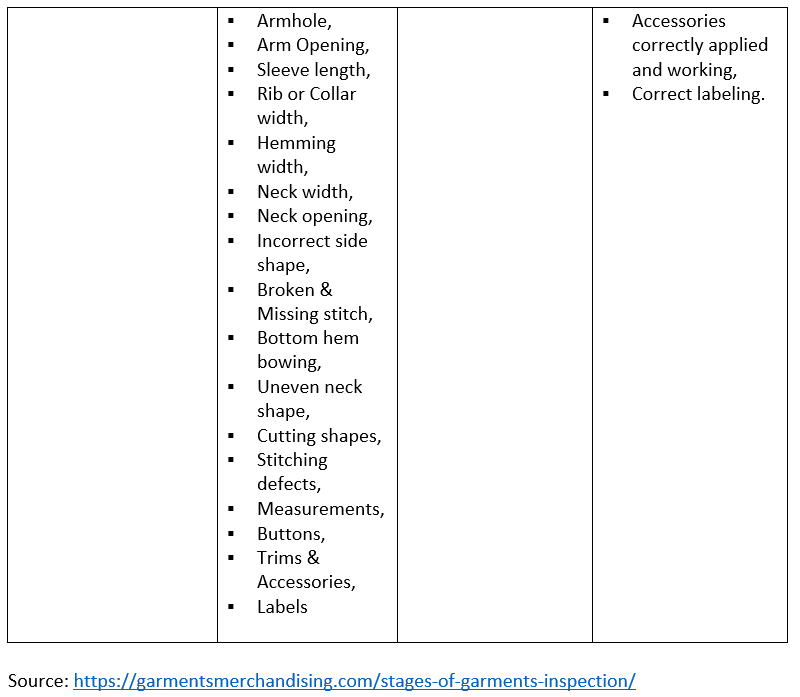
AI’s Transformative Role in Reshaping Legal Dispute Resolution

AI’s Transformative Role in Reshaping Legal Dispute Resolution
AI’s Emergence as a Game Changer in Legal Practices
Artificial Intelligence (AI) is not just a buzzword in the legal sector; it’s a transformative force reshaping the landscape of dispute resolution. According to a recent survey by FTI Consulting, legal practitioners are waking up to the immense potential of AI in revolutionizing legal services.
AI in Legal Dispute Resolution: Current Trends and Future Outlook
- The Current State of AI in Legal Dispute Resolution: While e-discovery and document review remain the primary areas for AI application, there’s an increasing optimism about AI’s capabilities in predictive case outcomes and legal research.
- Challenges and Opportunities Ahead: Despite the potential, the legal industry faces challenges in fully adopting AI. Concerns about accuracy, overreliance on technology, and a lack of familiarity with AI tools among lawyers are notable hurdles.
- AI’s Potential in Enhancing Legal Services: The survey underscores AI’s ability to improve efficiency and access to justice. Law firms, parties to disputes, and in-house legal departments stand to benefit significantly from AI integration.
Perspective: AI as a Catalyst for Democratizing Justice
Our team views AI in dispute resolution as more than just an efficiency tool. We see it as a catalyst for democratizing access to justice. AI’s ability to process large data volumes and provide unbiased insights can greatly benefit clients and legal professionals. However, we stress the need for ethical standards and clear guidelines to responsibly exploit AI’s full potential.
Deep Dive into AI’s Role in Legal Dispute Resolution
- AI’s Impact on Legal Processes: AI’s predictive analytics and data processing capabilities can drastically reduce time and costs associated with legal disputes. It opens doors for equitable access to legal resources, potentially leveling the playing field for parties with limited resources.
- The Challenge of Ethical and Transparent AI Use: Ensuring AI’s use in legal dispute resolution is ethically and transparently managed, without undermining the human element in legal judgment, remains a significant challenge.
- Future of AI in Legal Dispute Resolution: With increasing knowledge and exposure to AI, legal practitioners’ confidence in its applications is likely to grow. To capture AI’s full potential, bridging the educational gap and setting clear guidelines for technology use are crucial.
AI’s Future in Legal Dispute Resolution
We invite you to share your perspectives on how AI will shape the future of legal dispute resolution. What are your thoughts on balancing technology and human expertise in law? How can AI further benefit legal practices while maintaining integrity and fairness?
Learn More and Join the Conversation
To gain more insights into this pivotal shift in the legal sector and explore the survey’s full findings, click here. Join us in discussing how AI can redefine the future of legal practices and contribute to a more efficient and equitable legal system.







